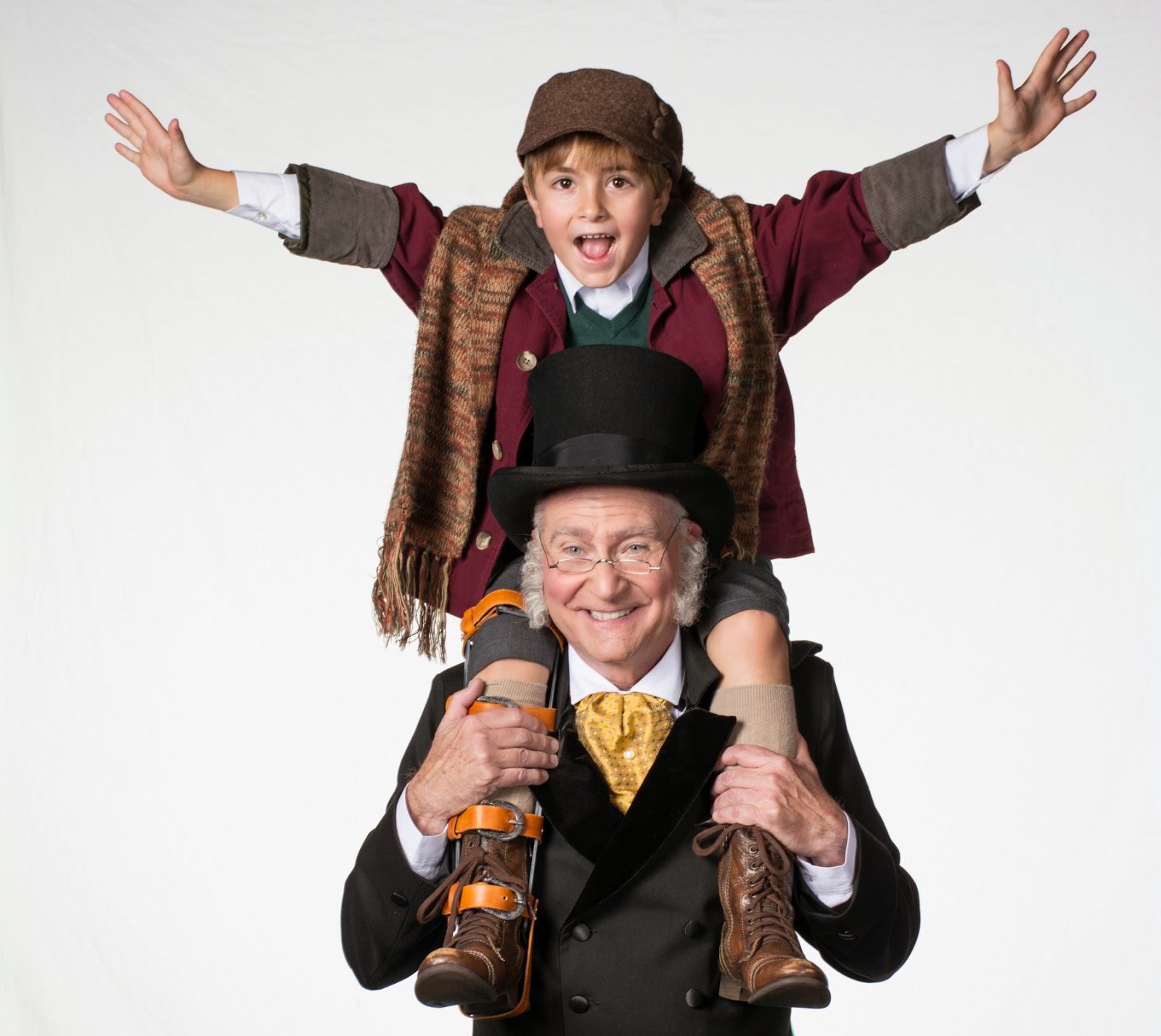Knowing WHAT do do with it is more important
than just knowing how to own it.
The pendulum seems to be swinging again. If my anecdotal, personal evidence combined with my communication with other established professional photographers can be trusted then I'm ready to say that I am seeing a swing back into better business for commercial (people who sell their products and services to businesses, not to consumers) photographers. Our billings are up sharply this year; both the number of jobs and the average budgets. The same is true in many of the tech centric markets across the country.
I'm almost certain that three things are at work here. First is sheer endurance. Markets are cyclical and one must be committed to staying in the market to have any chance of success. We did our best to market well even in the slowest times and it is paying off as the corporate need for very good visual content accelerates. People don't have the time right now to experiment with alternate and untested providers and are willing to pay a premium to get work that meets high technical standards (lighting and appropriate post production coupled with shooting "chops") and also those who offer a track record of continuous, successful delivery. We are starting to see more work come in providing portraits and lifestyle imaging at the very top of the market, and those marketing directors who must put providers face to face with top executives and board members are less willing to sacrifice experience and good "bedside" manner for a slight reduction in the overall costs of projects.
Along the same lines I think ad agencies and their clients finally understand or re-understand that there is very little real difference, especially by percentage, in the rates charged by established and proven practitioners of the visual arts and a legion of new arrivals in the markets who have yet to understand all the intricacies of producing good work while keeping final clients happy and comfortable. If you are buying several million dollars of media placement and the visual in your marketing is designed to drive sales or create brand goodwill it might be foolish to opt for a photographer based on the lowest bid. While a person who has done thousands of successful shoots will likely charge a premium, the difference between a $2,000 fee and a $5,000 fee on a project with a huge ad placement budget (web or print) and/or a long endurance requirement is microscopic in the context of the overall expenditures of a complete campaign, and so much rides on the quality and impact of perhaps a single well done image. In fact, in the midst of our economic recovery a quick way to get fired from a nice position as a marketing director or marcom officer might just involve being "penny wise and pound foolish."
An image that works positively leverages all the marketing costs and expensive media placement that surrounds it while images that just quite doesn't work may sabotage the entire project and, in fact, work against a company hoping to benefit from advertising. The quality of the message is critical. Why spec a cheap part to use on a Bentley or a Leica if it is critical to the success of the whole automotive enterprise? An M series Leica with plastic body panels? Cheap vinyl seats in your Aston Martin Lagonda?
Finally, I think the finest ally for serious, professional photographers are the iPhone and Android smartphone camera and the mass accepts that their convenience brings. Now the contrast between a professionally lit and directed image and an average consumer generated phone image is technically much starker than when every hipster, house wife and bored I.T. employee in the country was anxious to continually upgrade to more and more capable cameras on an almost twice a year schedule. If everyone opts to make their primary camera an iPhone then they trade convenience for technical quality, flexibility and, by extension, a unwillingness to carry and use lighting equipment too. I rejoice, because while we always want to believe that it's our superior knowledge and talent that should shift the client decision scales it's an extra turbo boost of sales power when a potential client can also see a big difference in overall image quality combined with focused intentionality.
As the market recovers and 4K computer screens and TVs sniff around the perimeter of the creative fence line more and more clients are swinging back to the idea that skills, rapport and experience provide extensive value when combined with tour de force tech. Or even just a nice meaty sensor and some well designed lighting. In our market we're finally (thankfully) beginning to see less of an emphasis on just the raw expense calculations and more credence given to long term results and performance. A welcome nod to the obvious facts that time tested visual taste combined with technical master has a real value that's greater than the first blush, mathematical sum of the parts. It's a nice change to be able to talk with clients about how to do something, why to add components, why a difference in approach is valuable instead of the tired and ultimately worthless question: "exactly what does this cost?" It's the fun part of the cycle wherein good clients move away from "knowing the price of everything and the value of nothing.
Take it with a grain of salt but longer range results are trumping initial purchase price today in our market. I hope they are in yours too!
A special note of thanks to Apple's smartphone for helping to spin the cycle of change...















.jpg)

.jpg)















